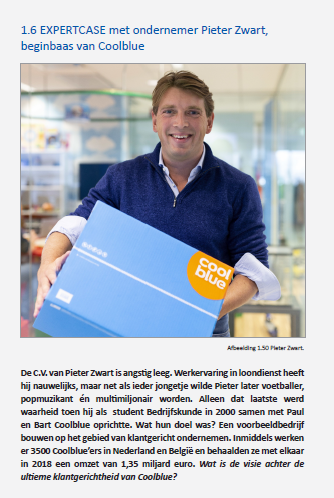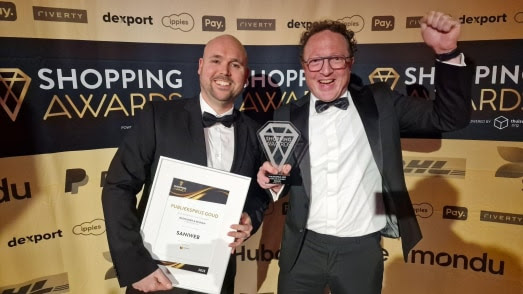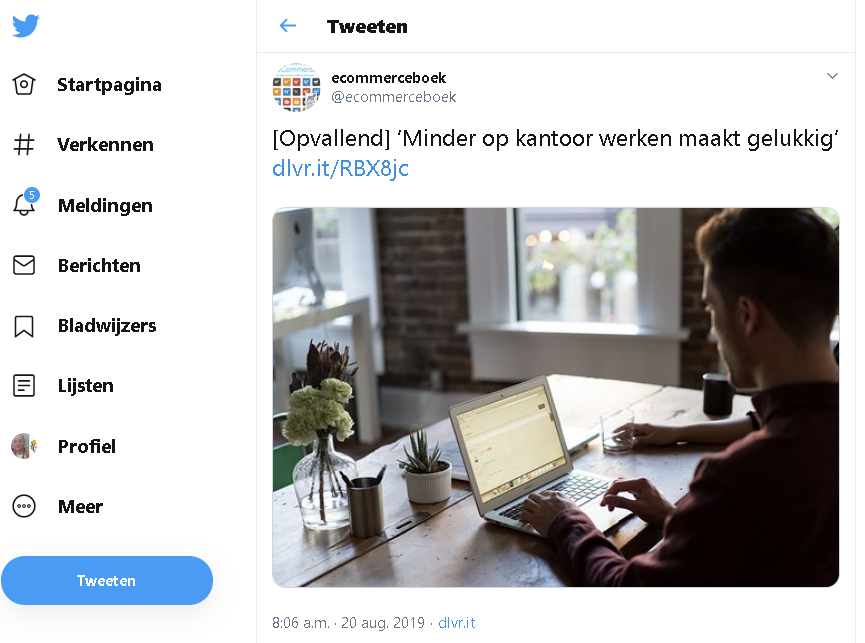M. Z. Hossainet al.
926
save time, then we may need to rearrange the waiting points, get rid of the bot-
tlenecks, and try to invent some ways to cut some processes short. But some-
times, the service providers face ultimate failure of the system. Considering
those scenarios, some backup process should always be ready to fight the dis-
astrous situations.
References
[1] Thansettakij Newspaper, Marketing. 2–4 February 2012.
[2] Liang, R.D. and Zhang, J.S. (2012)The Effect of Service Interaction Orientation on
Customer Satisfaction and Behavioral Intention: The Moderating Effect of Dining
Frequency.
Asia Pacific Journal of Marketing and Logistics
, 24, 153–170.
https://doi.org/10.1108/13555851211192740
[3] Johnston, R. (2005)Service Operations Management: From the Roots up.
Interna-
tional Journal of Operations & Production Management
, 25, 1298–1308.
https://doi.org/10.1108/01443570510633666
[4] Ford, R.and Heaton, C.P. (1999) Managing the Guest Experience in Hospitality.
Delmar Cengage Learning.
[5] Chuang, P.T. (2007)Combining Service Blueprint and FMEA for Service Design.
The Service Industries Journal
, 27, 91–104.
https://doi.org/10.1080/02642060601122587
[6] Ma, Q., Tseng, M.M. andYen, B. (2002) A Generic Model and Design Representa-
tion Technique of Service Products.
Technovation
, 22, 15–39.
https://doi.org/10.1016/S0166–4972(00)00085-7
[7] Fitzsimmons, J.A. and Fitzsimmons, M.J. (2001) Service Management: Operations
Strategy and Information Technology. 3rd Edition, McGraw–Hill Inc., Singapore
[8] Edvardsson, B. (1997)Quality in New Service Development: Key Concepts and a
Frame of Reference.
International Journal of Production Economics
, 52, 31–46.
https://doi.org/10.1016/S0925–5273(97)80765-7
[9] Goldstein, S.M., Johnston, R., Duffy, J. andRao, J. (2002) The Service Concept: The
Missing Link in Service Design Research?
Journal of Operations management
, 20,
121–134. https://doi.org/10.1016/S0272–6963(01)00090-0
[10] Mueller, R.D., Palmer, A., Mack, R. and McMullan, R. (2003) Service in the Restau-
rant Industry: An American and Irish Comparison of Service Failures and Recovery
Strategies.
International Journal of Hospitality Management
, 22, 395–418.
https://doi.org/10.1016/S0278-4319(03)00072-0
[11] Shostack, L. (1984) Desing Services That Delivery.
Harvard Business Review
,
84115
.
[12] Shostack, G.L. (1987)Service Positioning through Structural Change.
The Journal
of Marketing
, 34–43. https://doi.org/10.2307/1251142
[13] Lovelock and Wirtz (2011)Services Marketing–People, Technology, and Strategy.
7th Edition, Pearson Prentice Hall.
[14] Bitner, M.J., Ostrom, A.L. andMorgan, F.N. (2008)Service Blueprinting: A Practi–
cal Technique for Service Innovation.
California Management Review
, 50, 66–94.
https://doi.org/10.2307/41166446










